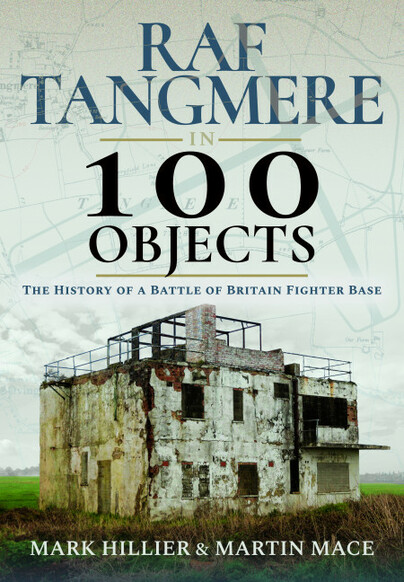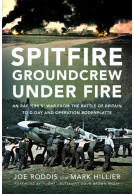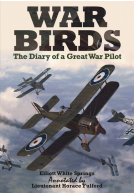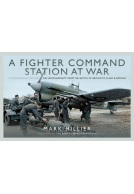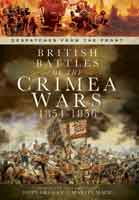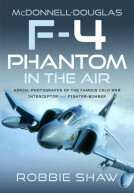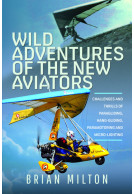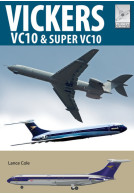RAF Tangmere in 100 Objects (Hardback)
The History of a Battle of Britain Fighter Station
Imprint: Air World
Series: In 100 Objects
Pages: 216
Illustrations: 175 black and white illustrations
ISBN: 9781526706416
Published: 23rd July 2025
(click here for international delivery rates)
Need a currency converter? Check XE.com for live rates
On 16 November 1916, Lieutenant Geoffrey Dorman took off from Shoreham in a Royal Aircraft Factory FE2b with the intention of heading West along the South Coast to the airfield at Gosport. Not long into the flight, however, a dense sea fog formed and as his engine was also ‘misbehaving’, Dorman decided ‘it would be best to try and land’.
Spotting a suitable area of farmland, Lieutenant Dorman put his aircraft down near the West Sussex village of Tangmere. Evidently aware of what he had stumbled across, Dorman’s subsequent report on the incident included a suggestion that the site would be eminently suitable for an aerodrome. Within twelve months, construction had started – and so was born the legend of RAF Tangmere.
Over the years that followed, Tangmere became one of the best known and strategically most important fighter stations in the United Kingdom. From its connections with the highly-polished air displays given at various RAF pageants in the 1920s and 1930s, through to numerous royal visits, or for its role in the post-war record-breaking speed flights or as a Cold War air-sea rescue base, Tangmere was a vital part of the nation’s defences.
It is, however, for its service on the front line in the Second World War that Tangmere is best remembered. Not only was the airfield itself bombed and blitzed, its aircraft and pilots also found themselves in the thick of the fighting in the Battle of Britain, before turning to an increasingly offensive role whilst led by Wing Commander Douglas Bader. Operation Jubilee, the Combined Operations raid on Dieppe, and the D-Day landings in 1944 all required RAF Tangmere to play its part.
As well as overt offensive sorties, Tangmere was involved in the secretive world of covert warfare, when, during the full moon periods, ‘A’ Flight of 161 (Special Duties) Squadron would move its Lysanders forward to Tangmere. As well as delivering SOE agents, wireless operators, wireless equipment and weapons to assist the Resistance, these aircraft often returned with agents, VIPs and even Allied escapers and evaders.
In this highly-illustrated publication, the renowned aviation historian and author Mark Hillier explores the development and role of RAF Tangmere from 1916 until its closure in 1970, along with some of the fascinating individuals associated with it, through an intriguing collection of 100 objects.
There are no reviews for this book. Register or Login now and you can be the first to post a review!
About Mark Hillier
MARK HILLIER is Head of Operations at Spitfires.com. He has a deep knowledge of the history of the RAF, with a particular focus on the Second World War. He is also a qualified pilot, having flown for more than thirty-four years as an instructor and PPL pilot. Mark has flown many different types of aircraft from gliders to vintage tailwheel types, including the DH Chipmunk, Boeing Stearman and T6 Texan. He has previously written or co-authored fourteen successful books on aviation, including the authorised biography of Wing Commander Thomas Murray DSO, DFC and Bar, contributed numerous magazine articles, advised, and appeared on, a number of television programmes, and is a regular public speaker on aviation matters.
About Martin Mace
Martin Mace has been involved in writing and publishing military history for more than twenty years. He began his career with local history, writing a book on the Second World War anti-invasion defences in West Sussex. Following the success of this book, he established Historic Military Press, which has published a wide range of titles. Having launched Britain at War Magazine, he has been its editor since the first issue in May 2007.







